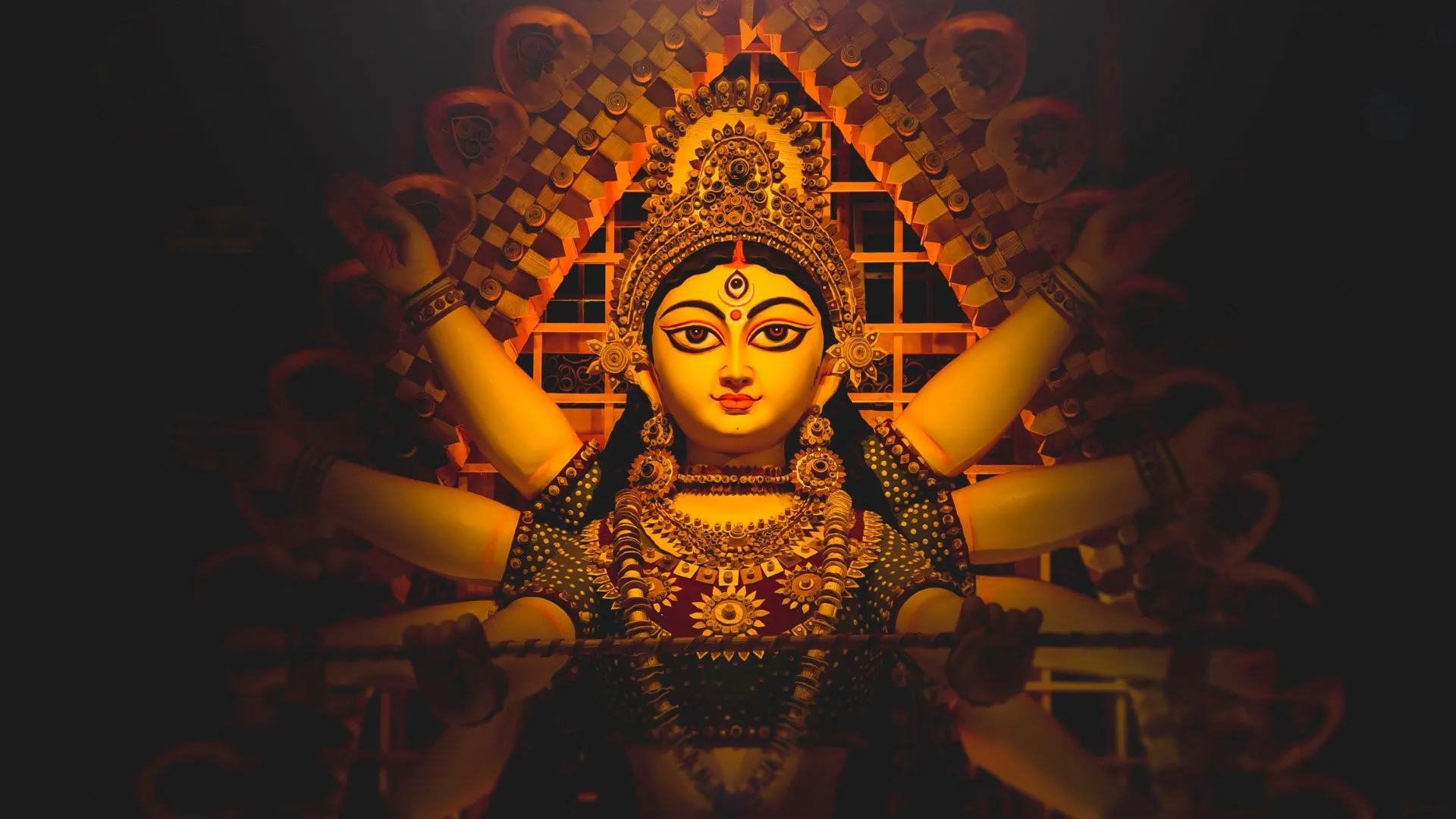What is the Symbolism of Navratri? Unveiling the Hidden Meanings and Spiritual Significance


As the vibrant festival of Navratri approaches, the air fills with excitement, colors, and sounds that resonate with the joy of devotion and celebration. For nine nights, millions across India and beyond come together to honor the divine feminine through dance, music, and prayer. But have you ever paused to consider what lies beneath the surface of this exuberant celebration? What is the deeper symbolism of Navratri, and how does it connect to our spiritual journeys? Let’s dive into the rich tapestry of meanings behind this auspicious festival.
At its core, Navratri is a celebration of the divine feminine energy, often represented by the goddess Durga. Each day of the festival is dedicated to a different form of the goddess, celebrating her qualities of strength, compassion, and wisdom. This symbolism is especially poignant as it embodies the struggle between good and evil. The stories of Durga's fierce battles against demons like Mahishasura remind us that we, too, must confront our inner demons and strive for personal growth and empowerment.
The festival's name itself, "Navratri," translates to "nine nights," signifying the nine forms of Durga that are worshipped during this period. Each night symbolizes a different aspect of life, from knowledge and prosperity to strength and purity. As we participate in rituals and prayers, we are not only honoring the goddess but also invoking her qualities within ourselves.
Each day of Navratri is associated with a specific color that holds its own significance. For instance, the color red symbolizes energy and strength, while yellow represents knowledge and wisdom. Wearing these colors connects us to the energy of the goddess and allows us to embody her virtues. This vibrant spectrum serves as a reminder that life is multifaceted and that embracing a range of emotions and qualities is essential for spiritual growth.
As you prepare for the festivities, consider incorporating these colors into your home décor or attire. Perhaps a beautifully crafted Laxmi Charan, symbolizing wealth and prosperity, can be a centerpiece in your home, serving as both a decorative element and a reminder of the goddess's blessings.
Navratri is steeped in various rituals that enhance its spiritual significance. Fasting, for example, is a common practice during these nine days, allowing devotees to purify their bodies and minds. The act of fasting is more than just abstaining from food; it symbolizes self-control and the ability to rise above worldly temptations. This focus on self-discipline fosters a deeper connection with the divine and encourages personal transformation.
Incorporating elements of nature into your celebrations can also amplify the spiritual energy of this time. Consider lighting diyas and incense sticks to create a serene atmosphere for prayer and meditation. A havan cup filled with offerings can enhance your rituals, inviting blessings and positivity into your space. The calming scents of natural incense not only elevate your spiritual practices but also bring tranquility to your home.
One of the most joyful aspects of Navratri is the energetic dance known as Garba or Dandiya. These traditional dances are not merely performances; they are a form of worship and a way to express devotion to the goddess. Through dance, participants come together in a vibrant community, sharing in the joy of the festival. Each step, twirl, and rhythm reverberates with the energy of the goddess, connecting us to something greater than ourselves.
As you join in the festivities, let the rhythm of the music guide you. Perhaps you can enhance your experience with a Phool Diwali Mela Gift Box that offers a unique selection of items, such as plantable crackers and Mogra diyas, allowing you to create a deeper connection with the celebrations. These thoughtful gifts serve as reminders of the love and unity that Navratri promotes.
Navratri also encourages introspection. Each day, as we worship the goddess and engage in rituals, we are called to reflect on our own lives. Are we embodying the qualities we admire in the goddess? How can we overcome the challenges we face? This festival is a time to set intentions and seek personal growth. By understanding the deeper meanings behind the rituals, colors, and celebrations, we can harness the festival's energy to transform our lives.
For instance, consider the Ashta Lakshmi Collection, which celebrates the eight forms of Goddess Lakshmi. This collection isn't just a beautiful gift box; it tells the story of abundance in its many forms. Gift it to a loved one or keep it for yourself as a reminder of the abundance that exists in your life.
Navratri is more than just a festival; it's a profound spiritual journey that invites us to honor the divine feminine within ourselves. As we embrace the colors, rituals, and community that define this celebration, we are reminded of our capacity for transformation and empowerment. By understanding the symbolism of Navratri, we can infuse our lives with meaning and purpose, celebrating not just the goddess but also our own spiritual evolution.
So, as you prepare for the upcoming Navratri, take a moment to reflect on its deeper significance. Whether through fasting, dancing, or lighting a diya, let this festival inspire you to connect with your inner strength and embrace the divine energy around you. And as you celebrate, consider sharing the joy with loved ones through thoughtful gifts that echo the spirit of the season, like those from Phool’s collection. Remember, the true essence of Navratri lies in our connection to the divine and each other.